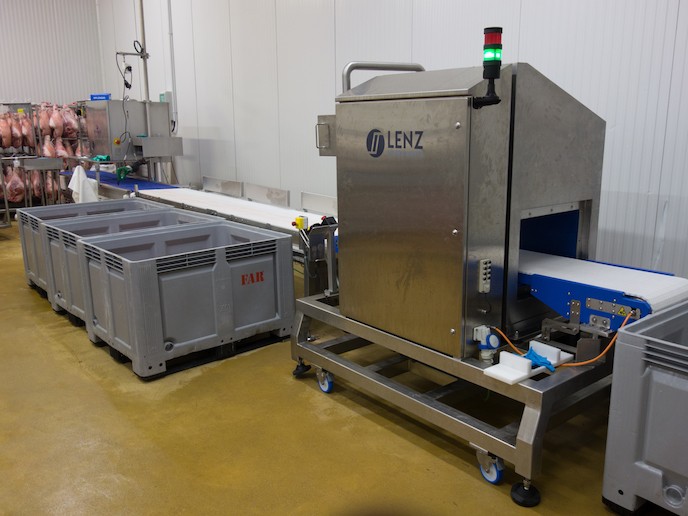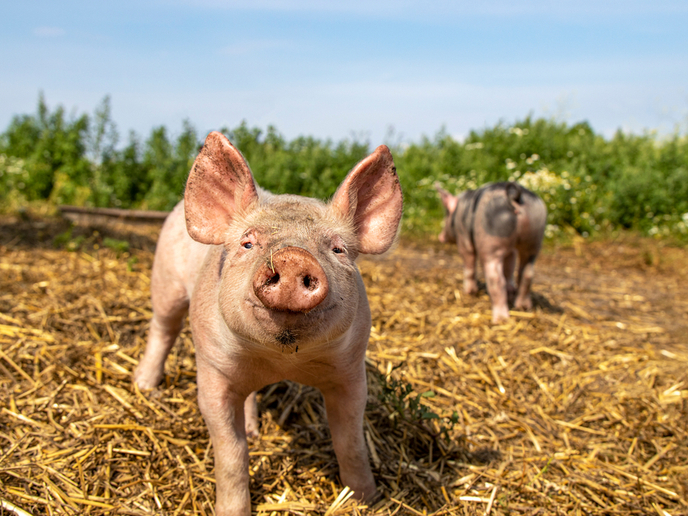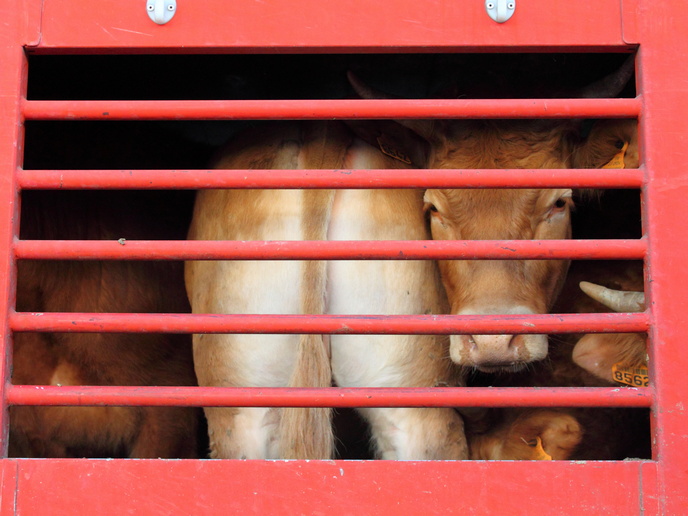New solution to monitor meat quality and reduce waste
Annually, thousands of tons of meat are lost or wasted in Europe during slicing operations, due to its poor quality. Under the framework of the Horizon 2020-funded project, the Spanish company Lenz Instruments S.L has developed a new device, SliceWatch, to measure Water Holding Capacity (WHC)—one of the most important attributes of pigmeat quality. The monitor allows pigmeat processors to identify and separate poor-quality meat, reducing waste and discarded meat, and avoiding severe technological and quality problems in the production of dry-cured and cooked ham, among other products. WHC describes the capacity of meat to retain water in its tissue structure. Meat prone to retaining too much water is inadequate for producing cured products, due to difficulties in ensuring microbiological safety. Excessively low WHC in meat negatively affects flavour and texture, and it can lead to severe technological problems during processing. “Over recent years, pig producers have followed a strategy focused on improving productivity,” explains Mr Jacobo Alvarez, Research Manager at Lenz Instruments. “This has led to the selection of genetic lines leading to pigs that grow fast and lean, but which are, however, more prone to problems related to poor water holding capacity.” While the incidence of meat with excessive WHC is moderate – below 0.5 % – over recent years the incidence of meat with poor WHC has increased substantially. In Spain, over 30 % of meat at several processing plants had low WHC, the project found. Up to now the assessment of WHC in meat has been time-consuming and complex. In some cases the meat tested could not be used. SliceWatch is a rapid and non-destructive solution. It consists of a magnetic induction scanner that integrates a conveyor belt to automatically feed in meat. The scanner weighs and assesses the quality of the meat passing through in just a few seconds, while a low intensity magnetic field induces a current flow in the sample. Meat with WHC that is excessive or too low presents a characteristic electrical response pattern which is immediately identified by the scanner’s data processing module. SliceWatch is intended to be used in automatic reception lines to classify and separate meat into different categories on a piece-by-piece basis. The same scanner can integrate additional sensors to determine the fat content of fresh meat and the salt content of salted products. It can also attest to the microbiological safety of dry-cured products. A major challenge the project faced concerned the development of a robust and sensitive system to measure the electrical properties of meat in the low frequency range. In the past, several design approaches for this had led to poor results. “We are glad to have overcome this technical challenge,” Alvarez says. After developing a working demonstrator, they were able to test the technology systematically. “Incidentally, we concluded that it was possible to monitor meat quality with a simpler scanner than the one that we initially developed,” Alvarez adds. “The final solution is therefore simpler, yet more robust and suitable for being used in industry.” The firm has already closed a sales agreement with a Spanish slaughterhouse and plans to deploy the first units into the market in 2019.
Keywords
SliceWatch, meat, water-holding capacity, scanner, technology, meat quality, ham, pork, water, magnetic, electrical current







